Philosophy
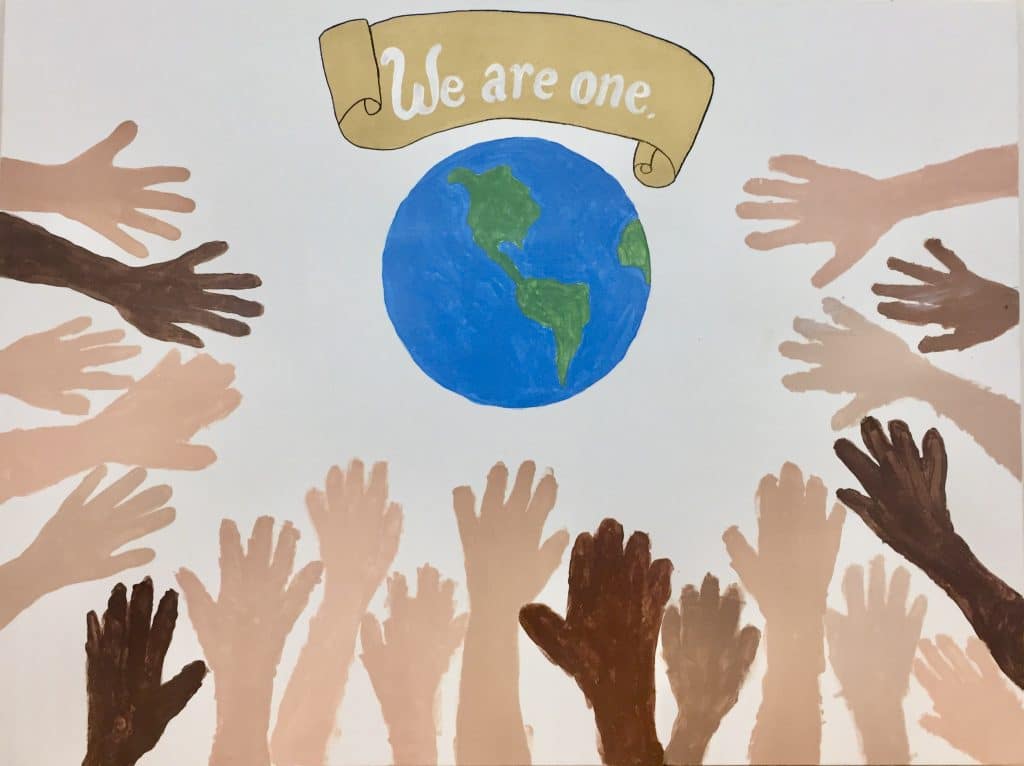
Montessori saw the child as a veritable world power, able to reconstruct society. The impact that parenting and education could have on society was profound for her. She embraced education as an instrument for world peace. She envisioned an approach to education for the development of each individual’s human potential and as service to humanity. She saw the child as he constructor of a better world, of a harmonious society, and as a result eliminate war altogether.
How is it that the child could be considered as a change agent of society on a magnitude that the adult could never attain? The capacity for learning in the youngest of our species is so unique, so grand in scale, that the sheer scope is undefinable. Modern brain research has confirmed Dr. Montessori’s earliest theory of subconscious learning and the capacity of the child to take in the whole as well as all the details in a way no adult can learn.
That education could be the instrument of social reform was not lost on Dr. Montessori, and through years of observation and the implementation of her approach in experimental schools she was led to discover that the child, in particular the youngest of children, possessed a unique capacity to learn through activity, much of which was guided by the child’s innate interest, and the capacity of absorbing a rich and varied knowledge based on discovery exceeded the conventional approach of school’s and educators of the day.
Psychology
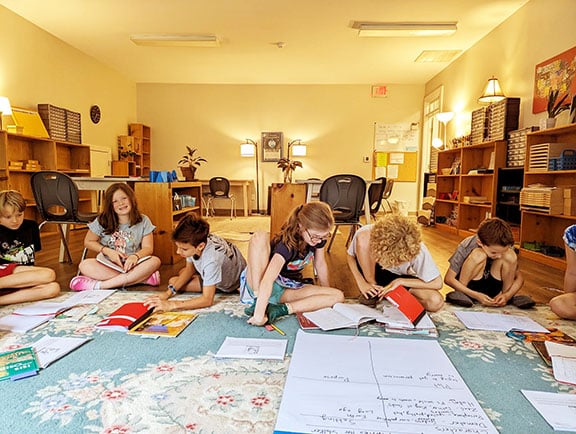
Authentic Montessori education is comprised of mixed aged groupings specific to periods of development. Dr. Montessori’s psychology has four stages of development which she called “planes”.
Psychology Diagram
Dr. Montessori described specific features of children in each stage of development. The first and third stages are times of tremendous change, while the second and fourth are calmer. In addition, the first half of each stage entails more change, and the second half consolidates those changes.
Dr. Montessori divided each stage into two parts or “sub planes”, making eight 3-year spans. During each distinct span, developmental characteristics are similar, and therefore a classroom can serve the needs of all children in that age range.
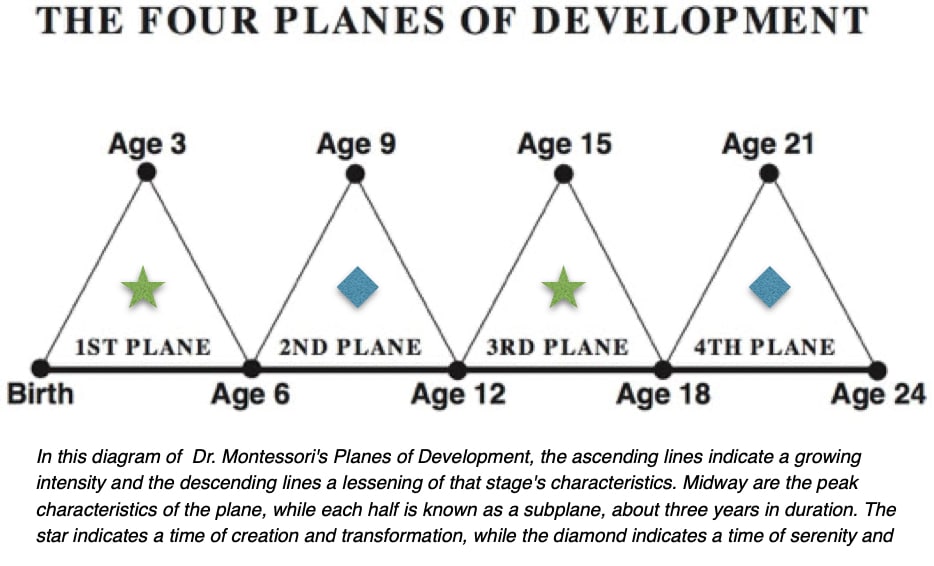
- that human development does not occur in a steady, linear ascent but in a series of formative planes marked by ascending and descending tendencies
- that the complete development of human beings is made possible by these tendencies (inclinations) to certain universal actions in relation to their environment
- that this interaction with the environment is most productive in terms of the individual's development when it is self-chosen and founded upon individual interests.
- a specific goal in the developmental cycle
- a readily identifiable direction to be followed to reach that goal
- specific sensitivities given to humans in each period of development that help to facilitate reaching the definitive goal for that plane
Transitions from one plane to another are likened to metamorphoses, in so much as the characteristics of each stage are so radically different that they former characteristics are almost unrecognizable.
- Like a butterfly which changes from larva to chrysalis and finally the adult butterfly, so too a young person changes in each stage
- While dramatically different, each is dependent on the successful completion of the previous stage for healthy development of the individual
Education, then, should respond to the characteristics of each developmental stage in the growing child, with process and content determined by the needs of the child and not by imposed curricula and tests.
Method
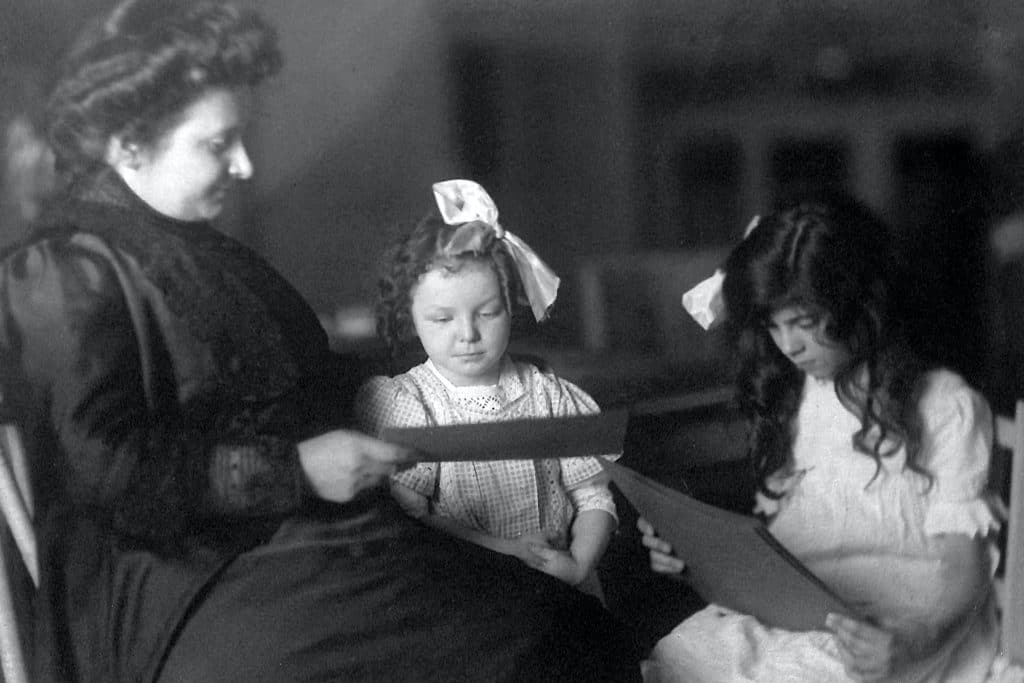
There has been a quiet awakening in the last decade in America to the prescient vision of Maria Montessori, who at the turn of the century burst onto the front pages of newspapers and magazines both in Europe and America as the voice of a more modern approach to education from a woman of inspiring personality and scholarship.
Dr. Montessori designed educational environments that produced outcomes based on spontaneous choices in an environment with practical elements. She trained teachers to create and adapt the educational environment in response to observing the children’s purposeful engagement. An educational environment optimally prepared produced choices by the children that were authentic and met their individual needs and interests. This process accelerated learning while catering to the individual’s full development. It allows for each child to progress at their own rate while still participating in a social community.
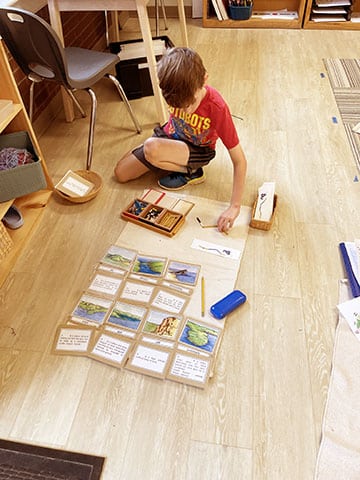
Why Montessori rings so true in our current age is the environmental approach she took to the educational method and the school itself over a century ago, placing environment in the forefront of the learning experience and the role of the teacher in the background. This was revolutionary in her day, and sadly continues to be the obstacle to a more responsive approach to educating children in modern America. While the environmental movement and the implications have become widely embraced in our culture and our homes, in most schools the role of the teacher and the factory model of curriculum delivery continues to dominate even the most “progressive” schools.
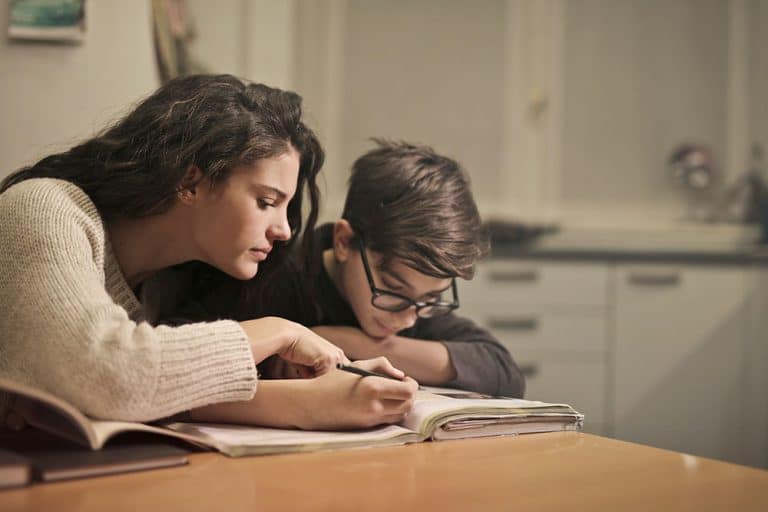
Montessori stresses the importance of manipulating materials to discover answers, rather than merely memorizing content. The Montessori materials promote optimal psychological development. First, multi-sensory learning allows students to use various parts of their brains to learn. Hands-on manipulations encourage active, discovery learning. Second, materials encourage children to work together, and these collaborations involve lots of discussion and rationalization. Third, Montessori students learn to strive for accuracy because the materials provide feedback. They see their school work as puzzles to be solved, instead of assignments to be corrected. Finally, Montessori materials are elegantly designed to advance concepts from concrete experience to abstract ideas.

